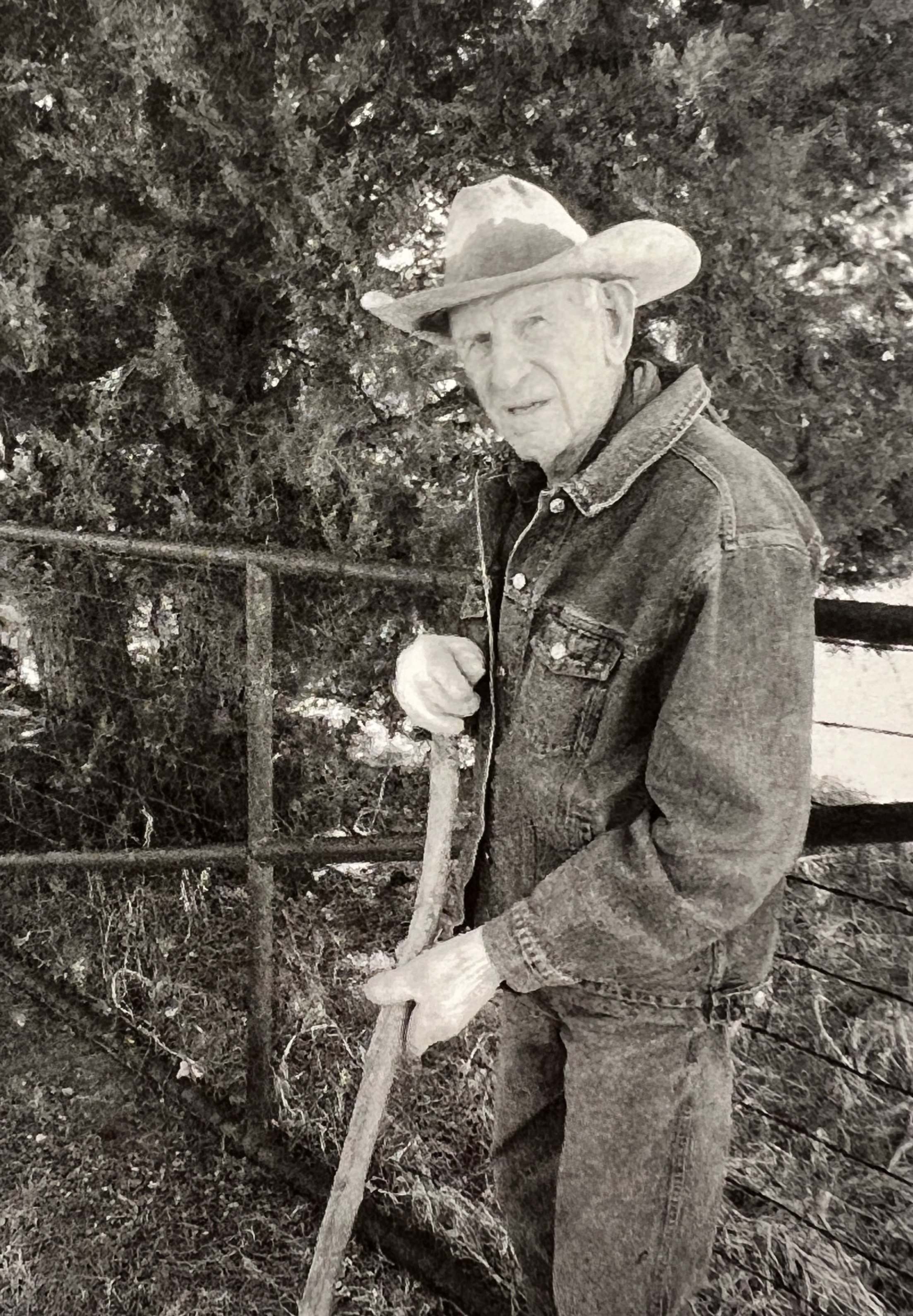George Kovacovich
George and Peggy Kovacovich
Camp Verde - Yavapai County
Inducted in 2014
George Kovacovich was a member of the greatest generation serving in the Navy during World War II, a pioneer in the vegetable industry in the Verde Valley, growing tomatoes, squash, and other vegetables to the valley to sell at Food City, Bayless, and other major supermarkets.
Would you believe George Kovacovich rode with the Cavalry? Well, maybe not the US cavalry of the 1800s, but he is a Camp Verde Calvary charter member. The group performs at historic Fort Verde State Park at Camp Verde in parades and rodeos throughout the region. Formed in the late 1950s, George Road was with the group for several years and was made a lifetime member when he retired.
George was born on September 25, 1920, on a farm near Camp Verde. His father was a minor and farmer who immigrated from Croatia around 1902. The elder Kovacovich's first job when he came to this country was on a railroad, but the money he made during the summer was used up in the winter. He heard that there was steady work in the mine at Jerome, so he packed up and moved to the mining town on Cleopatra Hill. Although not the life he wanted, the work allowed him to put aside enough money to purchase a 100-acre farm near Camp Verde in 1916. He had grown up on a farm in the old country, which was the life he wanted for himself and his future family. He sent for George's mother, who was from the same area as Croatia, and laughed that he had gotten her from Sears. He hauled produce and hay from his farm up the mountain to Jerome by wagon for several years, which was arduous. George and his siblings, three brothers, and four sisters, all grew up on the farm.
In 1944, George joined the Navy, serving on a repair ship. He recalled that his first military meal was on Thanksgiving day at the Navy base in San Diego. From there, he moved to a base in San Francisco before being assigned to a repair shop and sent to the South Pacific. His ship was among the first to be sent to Tokyo when the war ended. "We came to Tokyo one night, and I thought we were in town the next morning. They were ships as far as you could see," he remembers.
Returning to Camp Verde in May 1946, he had a lovely surprise waiting. The family had new neighbors. He met their daughter Peggy at the welcome home party held by another neighbor. George says he wore a deep trail along the ditch bank between his family's farm. They married in 1947 and eventually bought the family farm. In the early days, he sold hay to local ranchers. He started getting up early in the morning and driving to Phoenix to sell winter squash and pumpkins at stores like Food City, Bayless Safeway, and Associated Grocers.
George is a pioneer in the vegetable industry in the Verde Valley. He grows tomatoes, squash, cucumbers, corn, cantaloupe, watermelon, pumpkin, and other vegetables, plus alfalfa. He also raises cattle. George is an accomplished welder, farm mechanic, and dedicated water conservation advocate. George earned the gratitude of his fellow farmers for his work on the farming bond, a bill that bears his name.
Peggy started college at Northern Arizona University when their three children were in school, earning an undergraduate degree in 4 1/2 years. During the next five years, while teaching as Camp Verde's first special education teacher, she earned her master's degree in education, psychology, and special education; she taught in the Camp Verde school system for 19 years.






